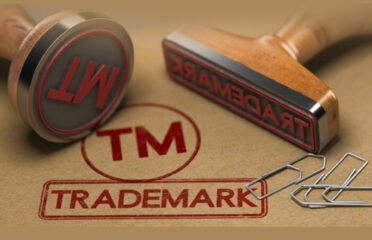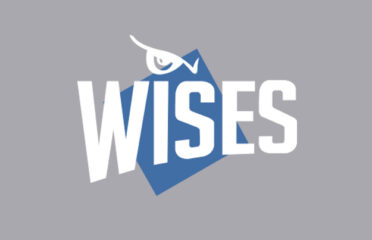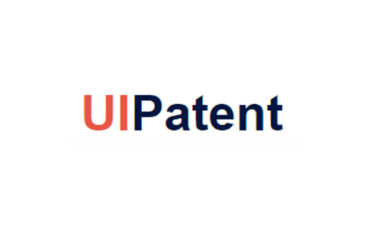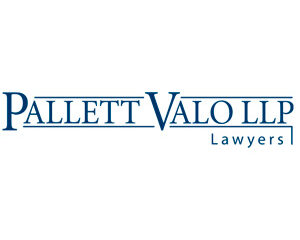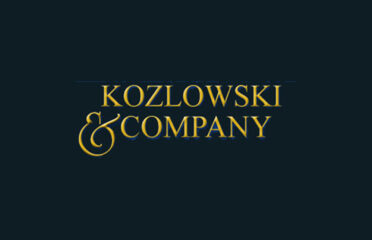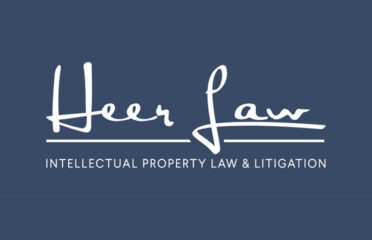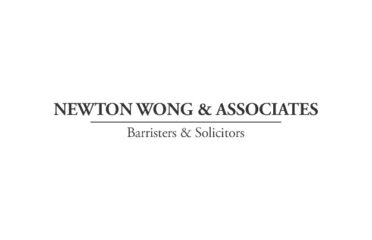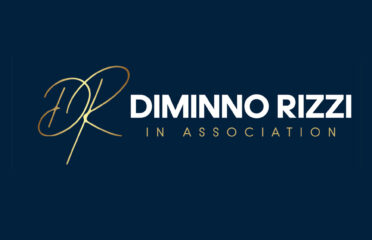What is Trademark Law in Canada?
Trademarks are among the most valuable assets for Canadian businesses, with over 75,000 applications filed annually with the Canadian Intellectual Property Office (CIPO). Canada’s trademark law protects brand identity while balancing fair competition in the marketplace. This guide explores trademark registration, enforcement, recent legal developments, and strategic considerations for businesses operating in Canada.
1. What is a Trademark?
A trademark is a distinctive sign that identifies the source of goods or services. Under Canada’s Trademarks Act, protectable marks include:
-
Word marks (e.g., “Tim Hortons”)
-
Logos/symbols (e.g., RBC lion)
-
Slogans (e.g., “Always Fresh”)
-
Non-traditional marks:
-
Sounds (e.g., Intel chime)
-
Colors (e.g., Tiffany blue)
-
Scents (rarely registered)
-
3D shapes (e.g., Coca-Cola bottle)
-
Key Principle: Trademarks distinguish goods/services in the marketplace rather than describe them.
2. Canadian Trademark Registration Process
A. Eligibility Requirements
To be registrable, a mark must be:
-
Distinctive (not generic/descriptive)
-
Not confusing with existing marks
-
Not prohibited (e.g., official symbols)
Common Refusal Reasons: Descriptiveness (35%), confusion (28%), deceptiveness (12%)
B. Application Steps
-
Search CIPO Database ($0)
-
Check for conflicting marks
-
Consider professional search ($300-$800)
-
-
File Application ($330-$430)
-
Specify goods/services (Nice Classification)
-
Claim priority if filing abroad
-
-
Examination (18-24 months)
-
Respond to objections (if any)
-
-
Publication (2-month opposition period)
-
Registration (10-year term, renewable)
2023 Stats: 62% approval rate, average processing time = 22 months
3. Rights and Protections
A. Exclusive Rights
-
Nationwide protection
-
Right to use ® symbol
-
Basis for border enforcement
B. Infringement Remedies
-
Injunctions (stop use)
-
Damages (or profits)
-
Destruction of infringing goods
-
Costs awards
Case Example: A&W v. McDonald’s (2020) – $1.2M award for “Chicken Big Mac” confusion
4. Recent Legal Developments (2024)
A. Madrid Protocol Implementation
-
International registration streamlined
-
130+ country coverage via single application
B. Non-Traditional Marks
-
Expanded protection for holograms, motion marks
C. Bad Faith Filings
-
New grounds for opposition/cancellation
-
Targets trademark squatters
D. Official Mark Changes
-
Stricter rules for public authority marks
5. Enforcement Strategies
A. Monitoring Services
-
Watch notices for similar applications
-
Domain name alerts
B. Enforcement Options
-
Opposition Proceedings (pre-registration)
-
Expungement Proceedings (post-registration)
-
Court Actions (Federal Court jurisdiction)
Cost Range: $5,000-$150,000+ depending on complexity
6. Provincial vs. Federal Protection
A. Common Law Rights
-
Unregistered marks protected where used
-
Limited to geographic area of use
-
Harder to enforce
B. Registered Advantages
-
Nationwide priority
-
Presumed validity
-
Statutory damages available
Business Tip: Register even if using common law rights
7. International Considerations
A. Priority Claims
-
6-month priority under Paris Convention
B. U.S. Differences
-
Use requirement vs. Canada’s intent-to-use
-
Different classification systems
C. China Risks
-
Preventive filings recommended
-
First-to-file system hazards
8. Special Cases
A. Certification Marks
-
Indicate standards compliance (e.g., “Organic”)
-
Special approval requirements
B. Geographical Indications
-
Protect regional products (e.g., “Niagara Icewine”)
-
Over 100 registered in Canada
9. Costs & Budgeting
A. Typical Fees
-
Application: $330-$430
-
Professional search: $300-$800
-
Agent fees: $800-$2,000
-
Renewal: $400 ($CAD)
B. Cost-Saving Tips
-
File before major branding launches
-
Bundle international filings
-
Use CIPO’s pre-approved descriptions
10. Case Study: Tim Hortons v. Tim Hortons Café & Bake Shop (2023)
-
Issue: Similarity of restaurant names
-
Outcome: Coexistence agreement reached
-
Lesson: Comprehensive searches prevent disputes
11. The Future of Trademark Law
Emerging trends:
-
AI-generated mark registrability debates
-
Metaverse/NFT trademark classifications
-
Sustainability claims enforcement
-
Indigenous branding protections
12. Provincial Business Name vs. Trademark
Key differences:
-
Business registration = legal entity name
-
Trademark = brand protection
-
Example: “Ontario Tech Solutions Inc.” (business name) vs. “TechSol” (trademark)
Conclusion
Canada’s trademark system provides robust tools for brand protection in an increasingly competitive marketplace. With recent modernization efforts aligning Canada with international standards, businesses now enjoy more flexible registration options while facing new enforcement challenges like bad faith filings.
As Federal Court Justice Manson noted in Masterpiece v. Alavida: “Trademark law is ultimately about preventing consumer confusion.” This principle continues guiding Canadian trademark jurisprudence, reminding businesses that proactive registration and vigilant enforcement are essential to maintaining brand value.
Whether you’re a startup filing your first trademark or a multinational managing a portfolio, understanding these legal fundamentals helps secure your most valuable intangible assets in Canada’s evolving commercial landscape.




